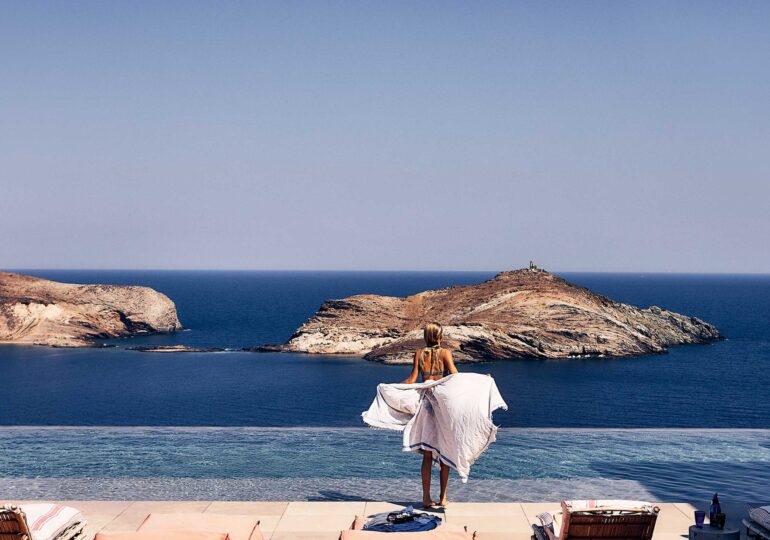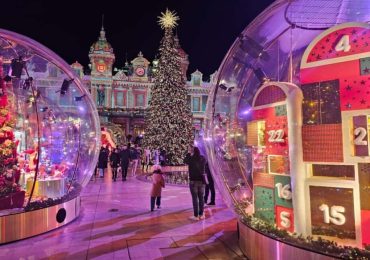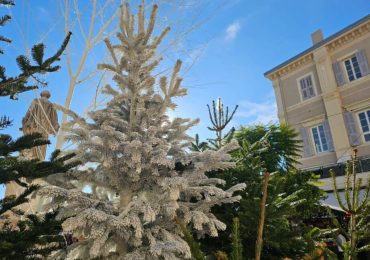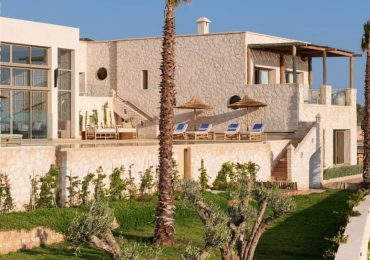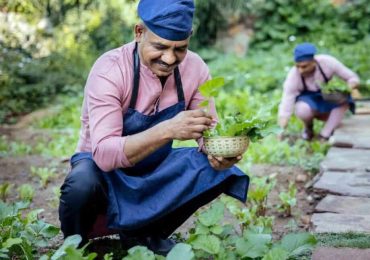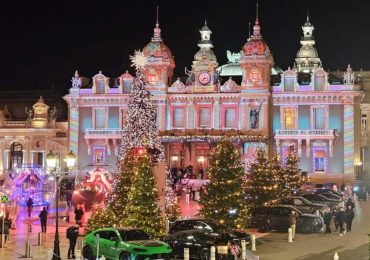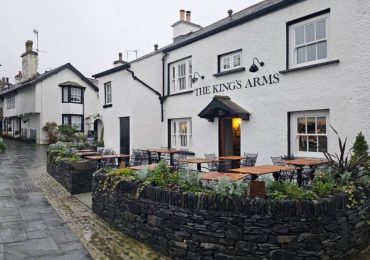
Driving can rattle the spine. Any trip to Mali – on the far north-western tip – always makes me think of Eugenia, who works for the local notary, and a journey she made there from Chora in a family car in the mid-1980s, when she was little. The long juddering path down sheer cliffs, the skudding tyres, the uninhabitable marble mines, the land dropping lower and lower with yet no life in sight – until it was night, and the village. And then being carried from the car, down its few white streets, with the people holding oil lamps (there was no electricity in Mali until a year or so ago) to a house just five paces from the water. The sound of tide beating on the green marble of the seabed, fitful but constant. She had looked up at her father and whispered, ‘Am I dreaming?’
Tinos seems to inspire stories of dreams. Maybe it’s the proximity to other islands at night, part shadow and hints of things, part glowing smudges. When I meet Heidi and Andrea one Sunday in autumn for dinner in the port, the Tinian wind brings the dusk streaming wildly past the open restaurant doors, a wind so alive and on the move it’s almost visible, whipping in lines and fronds between the elegant wrought-iron Victorian street lamps. They both laugh and drink shots of ouzo, faces very alive, hair cropped – one golden, the other silver – like Jean Seberg, or emperors in a Byzantine mosaic. ‘So, when you first arrived, you were a hippie…’ I begin to say – and Heidi looks rueful. ‘No! I just wanted to be free.’ Not all lovers of freedom are bohemians. ‘Oh, God!’ cries Andrea, of their first summers on the island and the intent, luxurious brilliance of the night sky. ‘The heat and the STARS. We dragged our mattresses outside. In the village of Triantaros they called us “the people who sleep on roofs”.’
